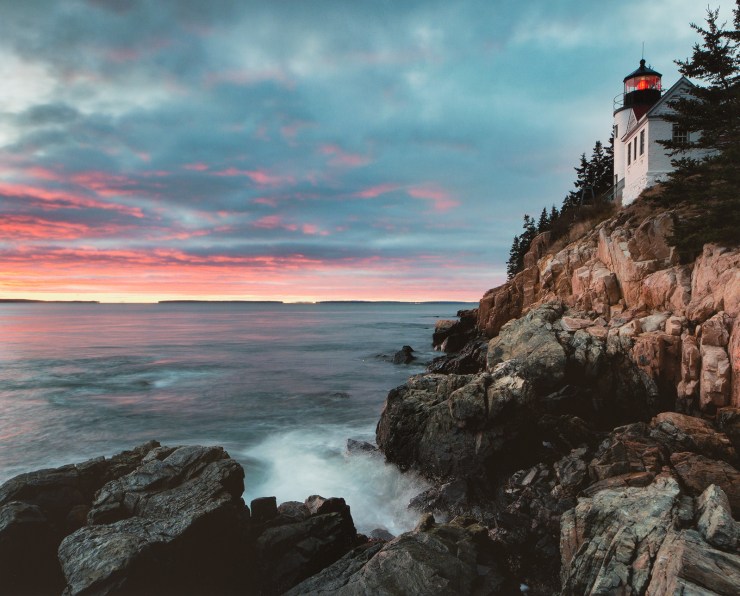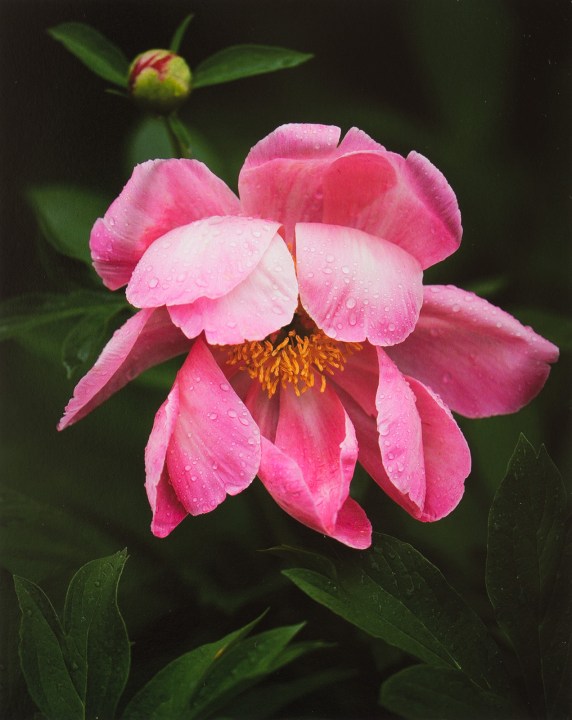Printing your images is a great way to share your digital photography and add a special element to your workflow.
In an increasingly digital age, many photographers exclusively share their work online. Whether it’s a personal website, a photo sharing site or Instagram, for many photographers, the only way their work is displayed is on a computer monitor or a smartphone.
Printing is a powerful medium
There’s nothing wrong with sharing work online, of course, but I believe there’s an important part of the photographic process that is lost when one does not print their work. Further, a photograph viewed on Instagram does not carry the same weight as the same photo viewed as a well-crafted print. Seeing your work come to life in a matted and framed presentation is more powerful.
That is not to say that digital photography solely consumed digitally is without merit. It’s incredibly easy and affordable (often free) to share images online. There is also value to the instantaneous nature of the internet. Whether you’re looking for feedback on your work or are building your business online, being able to quickly publish many images is great.

This image was printed on Epson’s Legacy Baryta fine art paper using an Epson SureColor P800 printer. The paper offers excellent black levels and saturation. I’ve used many excellent papers, but the Epson Legacy Baryta paper is one of the best. It is also an expensive paper, with a 17-by-22 inch sheet costing $5 USD each.
These same advantages are not as readily felt when considering your images for print, especially at home. It takes time, for one thing, but a larger deterrent for many is the cost of printing photos. Paper and ink are not cheap, especially when making large prints on quality paper. A wide-format photo printer is also quite an expense. You can, of course, use a local printer or an online photo lab to print your work, but you lose a level of control over the process and the service can be expensive.

Details
With an image like this, which was printed on Epson Legacy Platine paper, the devil is in the details. Looking at a large print of this and many other landscape images is a different experience than viewing it on a screen. Seeing a large print allows you to pick out all the fine details in the scene. Details such as the branches, the ice on the mountain and the little bit of leftover fall foliage that are floating on the surface of the water. A large print can transport you to a place in a way that I believe is more impactful.
With most photographers working exclusively in the digital realm, you lose the hands-on element of photography, which was critical when film dominated the industry. By incorporating printing into your digital photography workflow, you reintroduce a very hands-on element to your digital photography. You select your paper, load your printer and after a few minutes, you’ve transformed your digital file into a photo you can hold in your hands.
Control how your work is viewed
Another excellent reason to print your work for display is that you have complete control over how your work is viewed. When you send a digital file out into the world to be viewed, people will see it under different conditions, with disparate monitor settings and at varied sizes. When making a print, you get to control the size of the print and how it is seen by others, whether it is framed or shown only in certain light.
Further, you get to pick the type of paper you use, which can have a dramatic impact on how a photograph looks. Glossy paper may be better suited for vibrant, high-contrast images, whereas a matte paper or even a textured paper may well work in other situations and deliver a very different tone and feel.
Cost
As mentioned earlier, cost is a factor when considering printing your work. There’s a real monetary cost up front and there’s a time cost associated with the printing process. Creating a consistent workflow is the best way to limit costs. By utilizing color management and understanding your printer, you can ensure that you waste very few sheets of paper and minimal ink. With respect to the largest cost, the cost of a printer, identifying your needs and selecting the right printer ensures the best bang for your buck. It’s all too easy to buy a printer that is too big for your typical needs, so be realistic with your printing plans.

This is one of my favorite images. It comes to life on the page. In this instance, I printed it on Epson Legacy Platine paper to bring out the vibrant colors. I’ve successfully printed it on several different types of paper. It’s a simple shot but I always love seeing it come out of my printer. Ultimately, this feeling is what matters most when seeing your work this way. Nothing beats seeing your favorite photographs freshly printed.
You won’t regret printing
At the end of the day, I believe that the cost is well worth it. I’ve been printing my own work at home for nearly as long as I’ve been a photographer. Being able to control the creation of a photograph from capture all the way through to the final product is fun and satisfying. I’ve gotten to experiment with many different paper types and ways of displaying my work, which has helped keep photography exciting.
As far as I’m concerned, there is no electronic substitute available for a high-quality photo print. They make excellent gifts. They offer customers a beautiful product. And, they keep digital photography rooted in the realm of the tangible.
Tell your story with the second annual Visual Storytelling Conference!
Experience four days of interactive, online training sessions featuring a range of educational content with experienced photographers and content creators. This free event kicks off with a series of technical boot camps to build essential skills, followed by live, online sessions on photography, video, business and social media. Join live from March 10-13, 2022!
